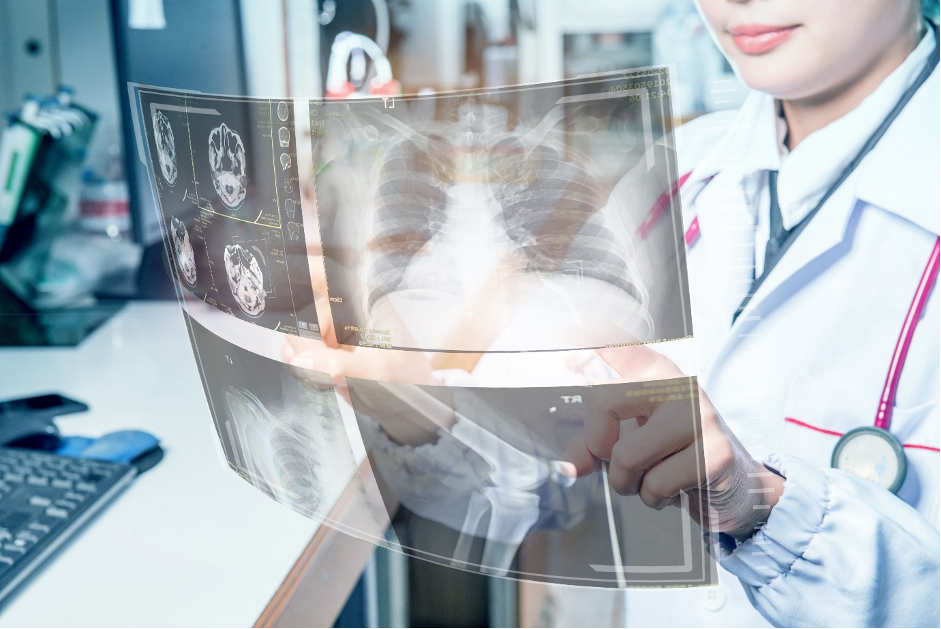
Artificial intelligence (AI) is key nowadays to harnessing data and insight to deliver better healthcare. AI platforms can ingest a vast amount of information of varying types (text /audio/ video/ images numbers and others). This enables doctors, clinicians, physicians and researchers to find correlations and insights not possible before eventually leading to better, faster and sometimes new discoveries and treatments. In summary, AI systems compliment human knowledge, as the volume and pace of healthcare data continue to explode.
Tuberculosis (TB) has been around now for decades. It is a contagious bacterial infection which spreads through the air via cough, sneeze etc and usually infects lungs but can also impact other organs of the body. As per WHO, an estimated 10 million people fell ill with tuberculosis (TB) worldwide in 2019(5.6 million men, 3.2 million women and 1.2 million children). A total of 1.4 million people died from TB in 2019 (including 208000 people with HIV). Worldwide, TB is one of the top 10 causes of death and the leading cause of a single infectious agent (above HIV/AIDS).
The WHO’s End TB strategy goal between 2016 and 2035 is to reduce worldwide TB incidence by 90% and TB mortality by 95%. The areas to focus for countries targeting to reduce their TB burden (by 2035) are digital health care, surveillance, better programme management, professional training and efficient communication. The focus is also on improved access to medical care, especially diagnostic tests.
Artificial Intelligence is making deep inroads into TB diagnosis and treatment via deep learning insights into radiology and pathology, thus helping enormously in the early and accurate detection of TB so that required treatment can be provided.
In radiology, the emphasis is on automated detection of TB on digital chest radiographs. TB is a challenging diagnosis to make due to varied radiographic presentation and it is very similar to another disease like pneumonia, edema etc. In the past few decades, automated screening and detection of TB have moved gradually from CAD (computer-aided detection) programs to CNN (convolutional neural network) and deep learning AI programs because of their higher accuracy and speed of analysing radiological images. These AI programs have been able to augment and compliment radiologists across the globe.
At iDoc.ai (https://idoc.ai/) , Swindon, UK — we are working towards pragmatic & practical AI solutions to specifically address the issues around Radiology. AI can augment Radiologist and can provide much-needed support under current circumstances.
Pathology is another important avenue for diagnosing TB. It is critical to find specially stained TB bacilli to detect and confirm TB diagnosis. This is a very difficult task to do and repeat due to very small size and the number of bacilli TB bacilli. Even for experienced pathologists this is quite strenuous and leads to delays, low detection rate and false diagnoses. AI results have been promising to detect stained TB bacilli and help clinicians to make accurate decisions. It reduces the workload of pathologists and minimizes chances of missed diagnosis.
The persistent gap in the detection of TB is the primary reason for the high mortality. AI has evolved at a rapid pace to bridge that gap and help radiologists and pathologists make better, accurate, well informed and timely decisions.




